New Delhi is one of the 11 administrative districts of the national capital of India, situated in the north-central part of the country. It is enclosed by the Yamuna River on the west bank, adjacent to south of Delhi city (Old Delhi) and falls within the National Capital Territory of Delhi. Being one of the most widely known cities of the country, the district is prominent for its rich and unique heritage culture.
New Delhi District is the seat of all three branches of the government of India which includes:
The New Delhi District has three sub-divisions which includes :
This District is having a population of 1,42,004 and a population density of 4057 per square kilometer as per the census 2011. It is headed by a District Magistrate and jointly administered by both the Central Government of India and the local Government of Delhi.
Area : 42.7 Sq.Km
GDP : 7.8 (Crore Rs)
Per Capita Income : 402173 (Rs)
Population : 1.42 (Lakhs)
Earlier as Delhi was the center of Northern India so the Government of British India felt that it would be easier to oversee India from Delhi. Therefore the land for building the new city of Delhi was acquired under the Land Acquisition Act 1894.
In December 1911 King George V of Britain decreed that the capital of British India would be moved from Calcutta (now Kolkata) to Delhi. Later on King George V, Emperor of India and Queen Mary laid the foundation stone of New Delhi at the site of Delhi Durbar at Kingsway Camp. Large parts of New Delhi were planned by Edwin Lutyens, who first visited Delhi in 1912 and Herbert Baker, both leading British architects of the 20th century.
After India gained independence in 1947, limited autonomy was conferred to New Delhi and was administered by a Chief Commissioner appointed by the Government of India. The first major extension of New Delhi outside of Lutyens’ Delhi came in the 1950s when the Central Public Works Department CPWD developed a large area of land.
New Delhi district is well connected through different roads, airports, metro and railways to most of the Indian cities and nearby areas.
Airport Connectivity:
Indira Gandhi International (IGI ) Airport, situated southwest of Delhi, is the main gateway for the city's domestic and international civilian air traffic.
Bus Connectivity:
New Delhi has one of India's largest bus transport systems. Buses are operated by the state-owned Delhi Transport Corporation (DTC), which owns the largest fleet of compressed natural gas (CNG)-fuelled buses in the world.
Railway Connectivity:
New Delhi is a major junction in the Indian railway network and is the headquarters of the Northern Railway. Indian Railways ’New Delhi Railway Station' (NDRS) is the largest and second busiest station in the country.
Roads Connectivity:
New Delhi District has multi-pronged road connectivity through different roads and expressways along with five National Highways which connect the road to the rest of India. Some of the major roads and expressways of New Delhi districts are:
Metro Connectivity:
The district has a rapid transit system in the form of Delhi Metro which connects it to Noida, Gurgaon, Ghaziabad, and Faridabad. Delhi Metro was India’s first modern public transportation system and led the way for many other such projects to be unfurled.
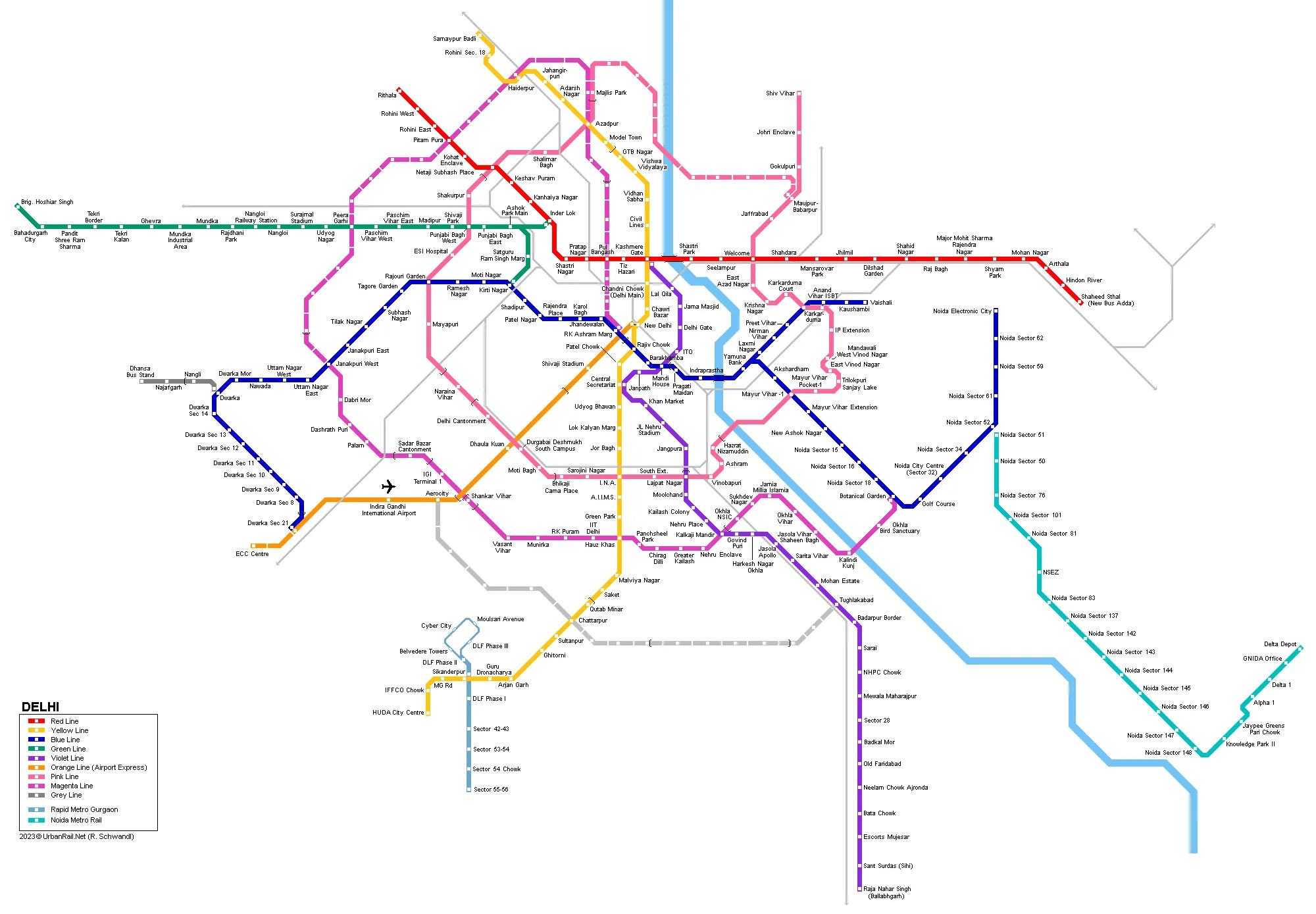
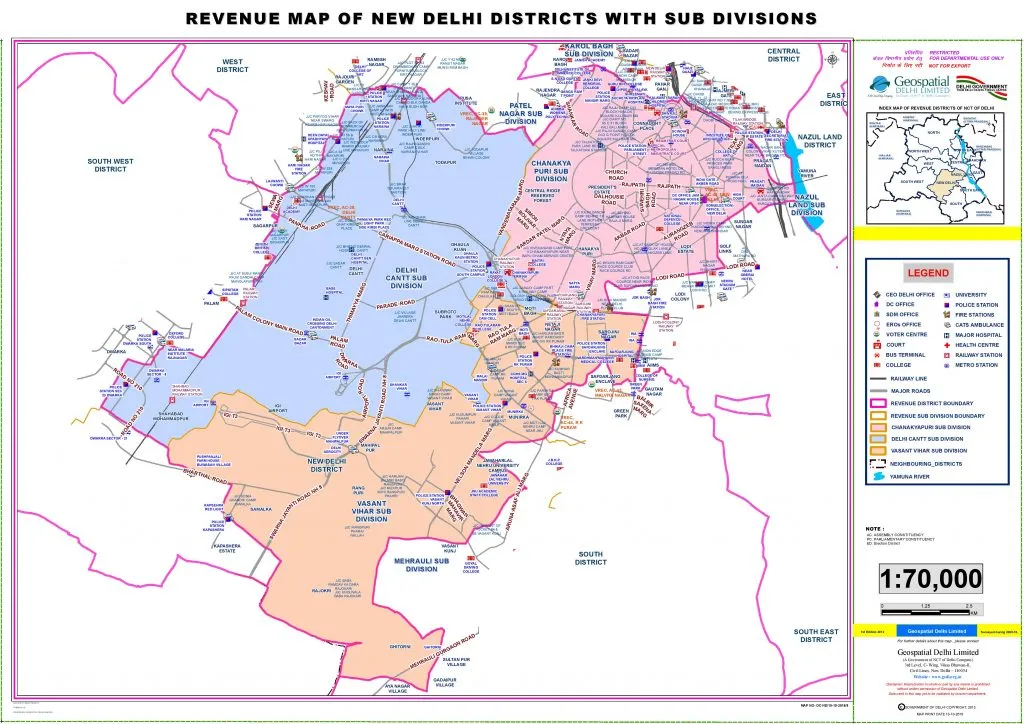
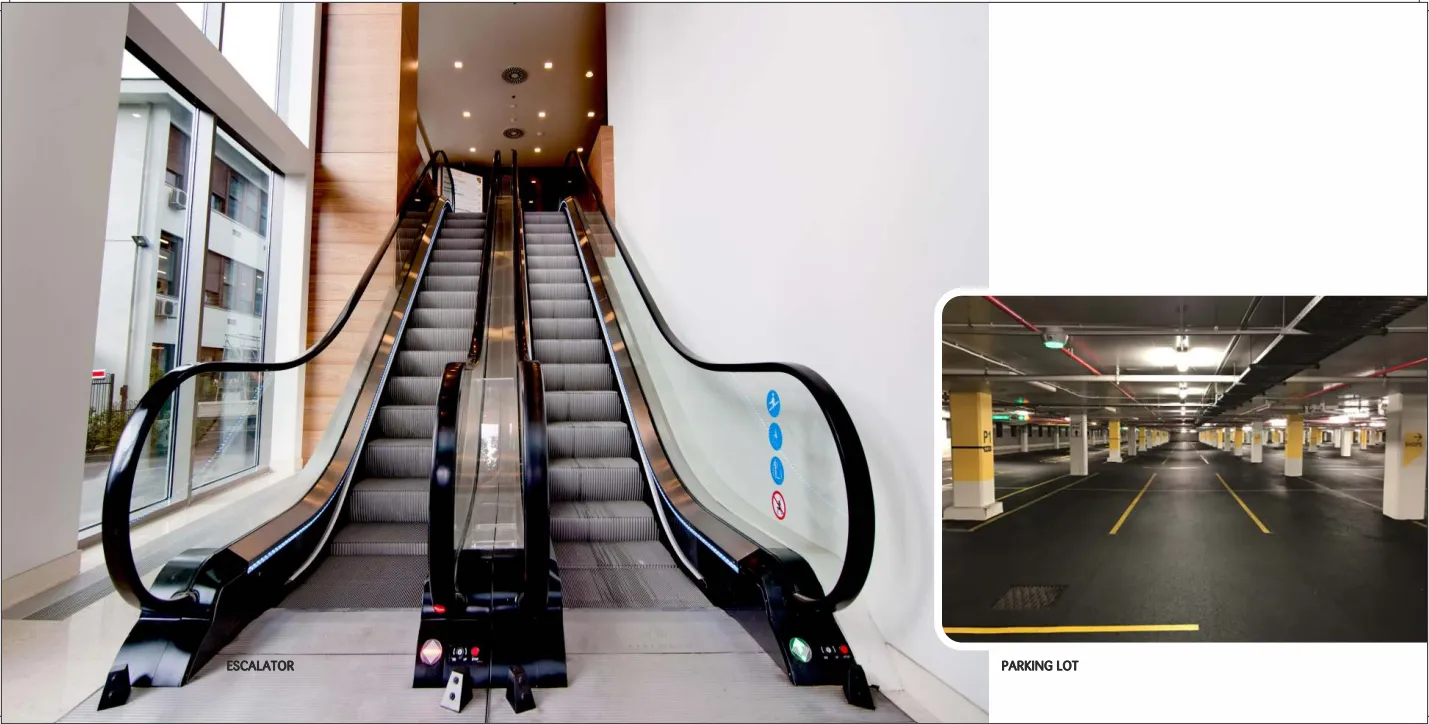
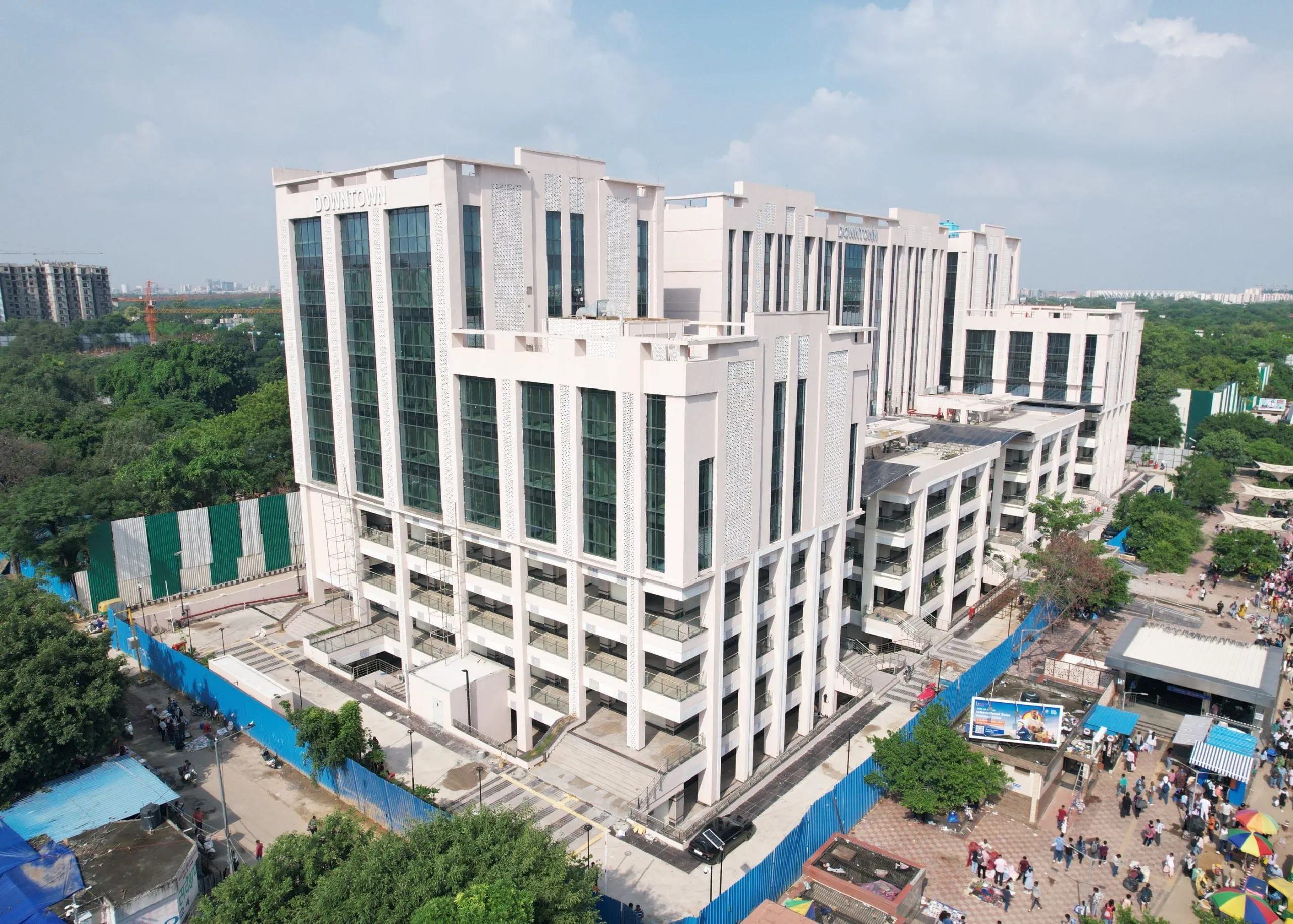
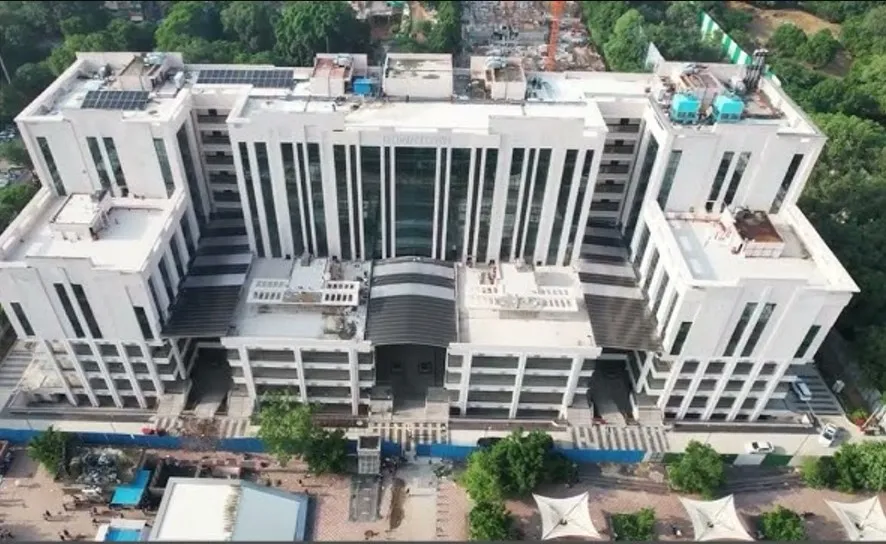
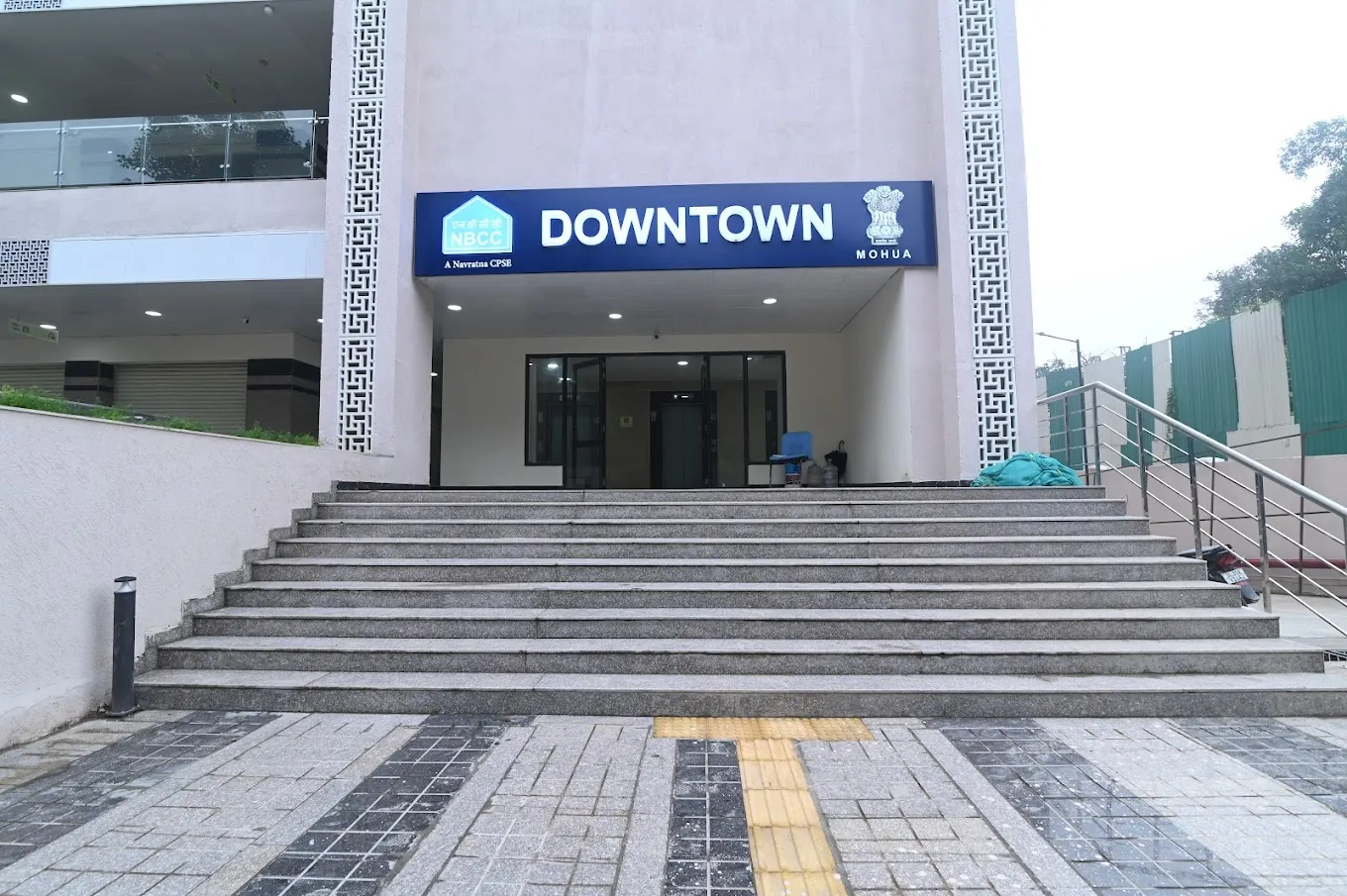
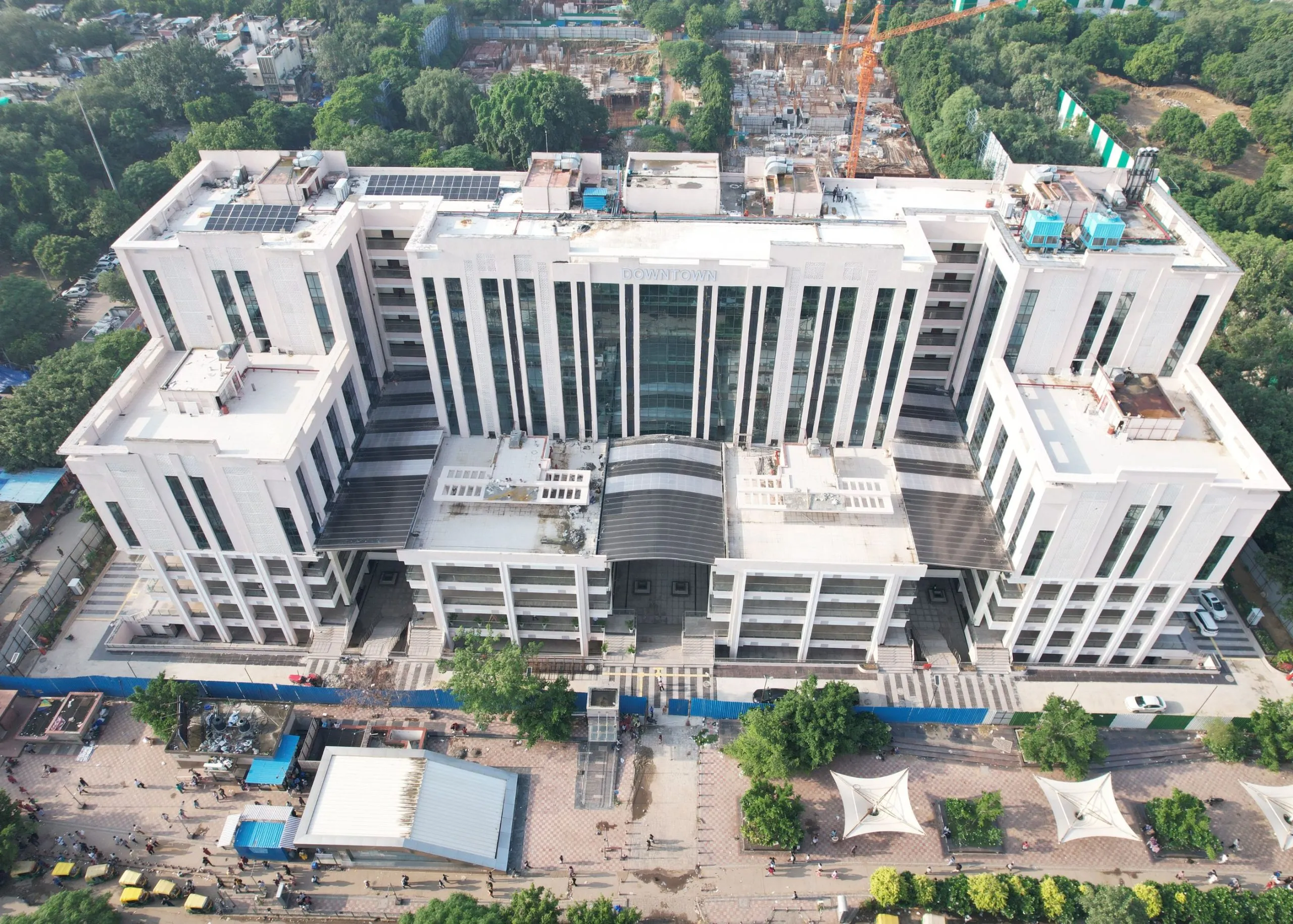
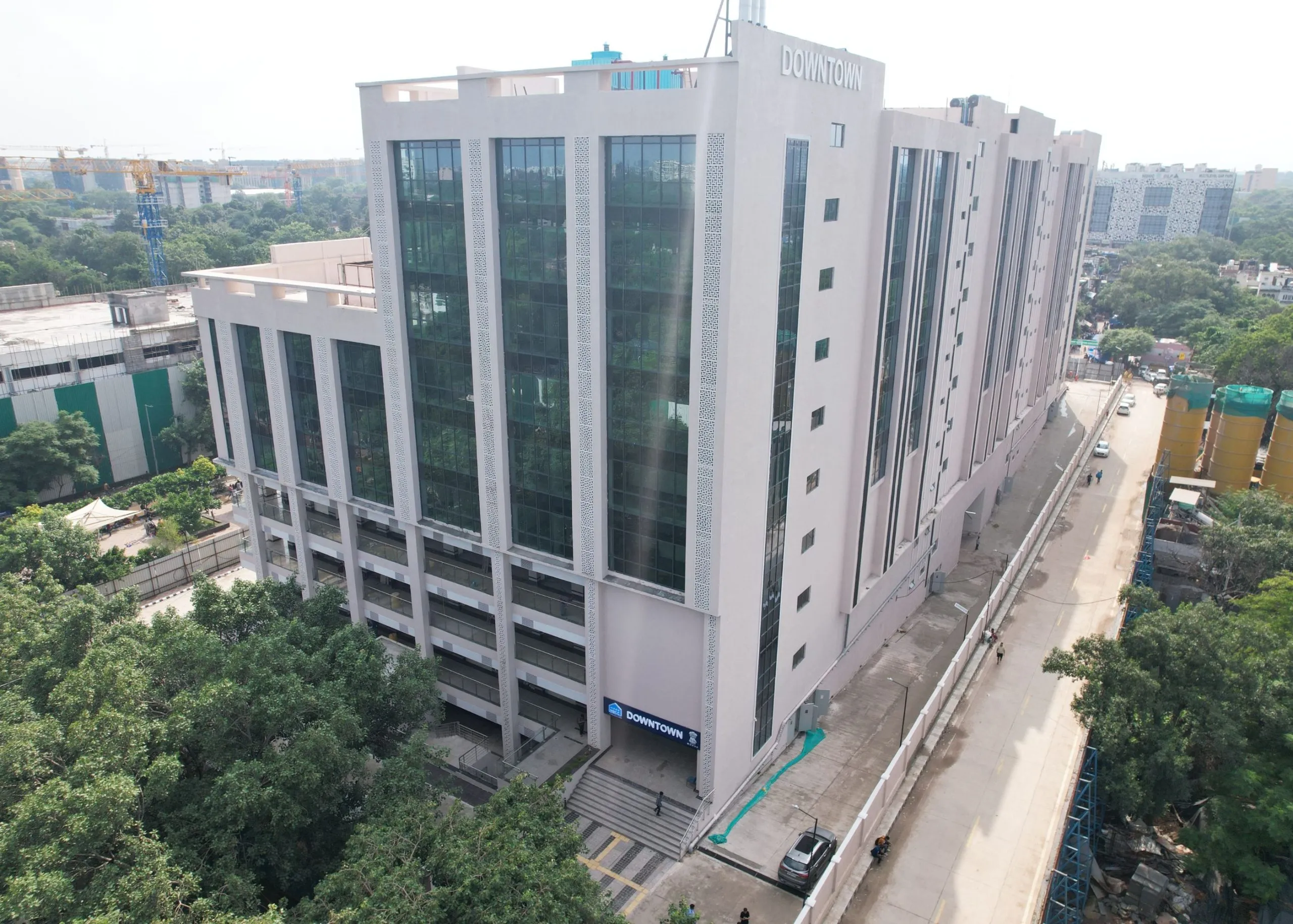
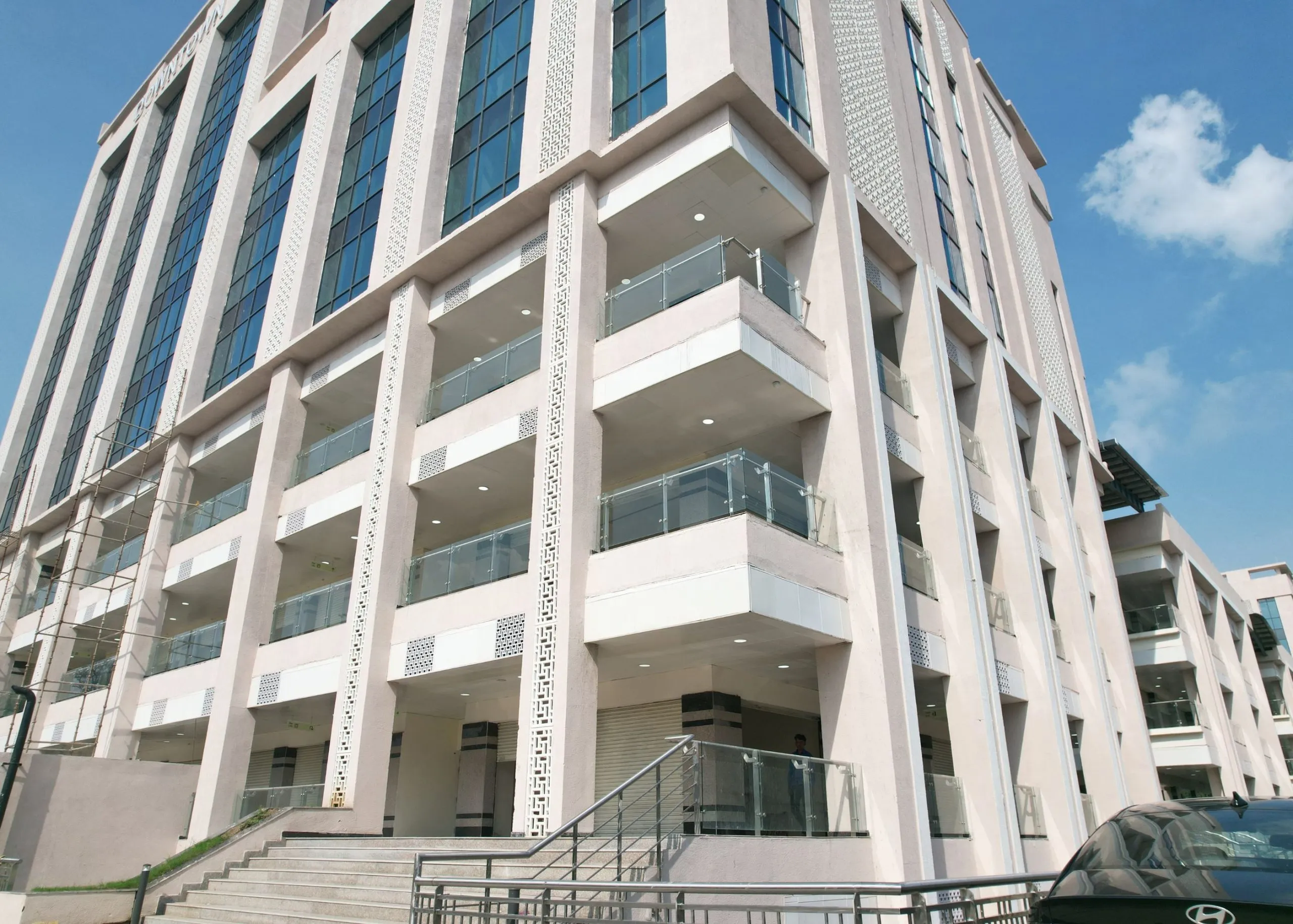
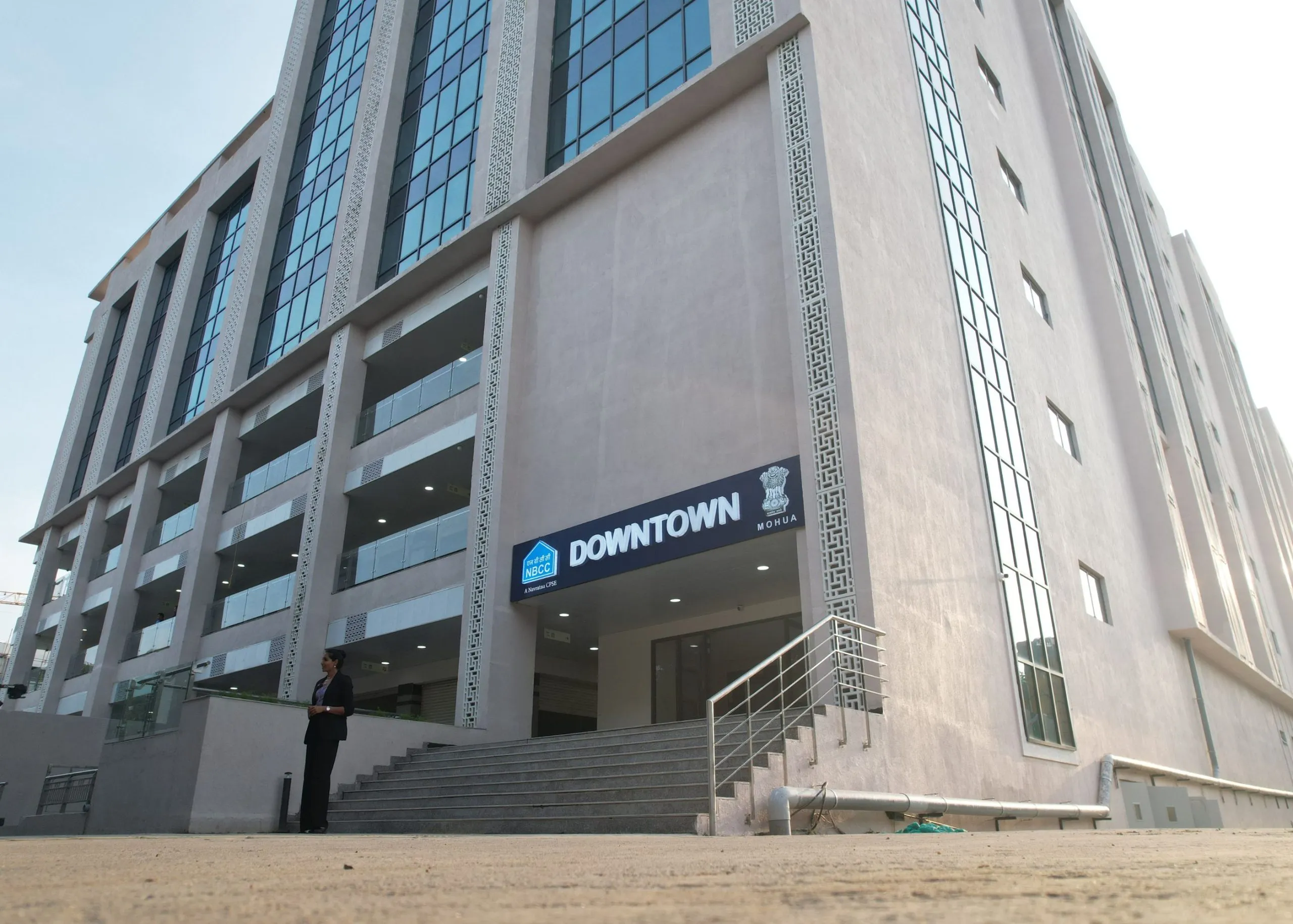
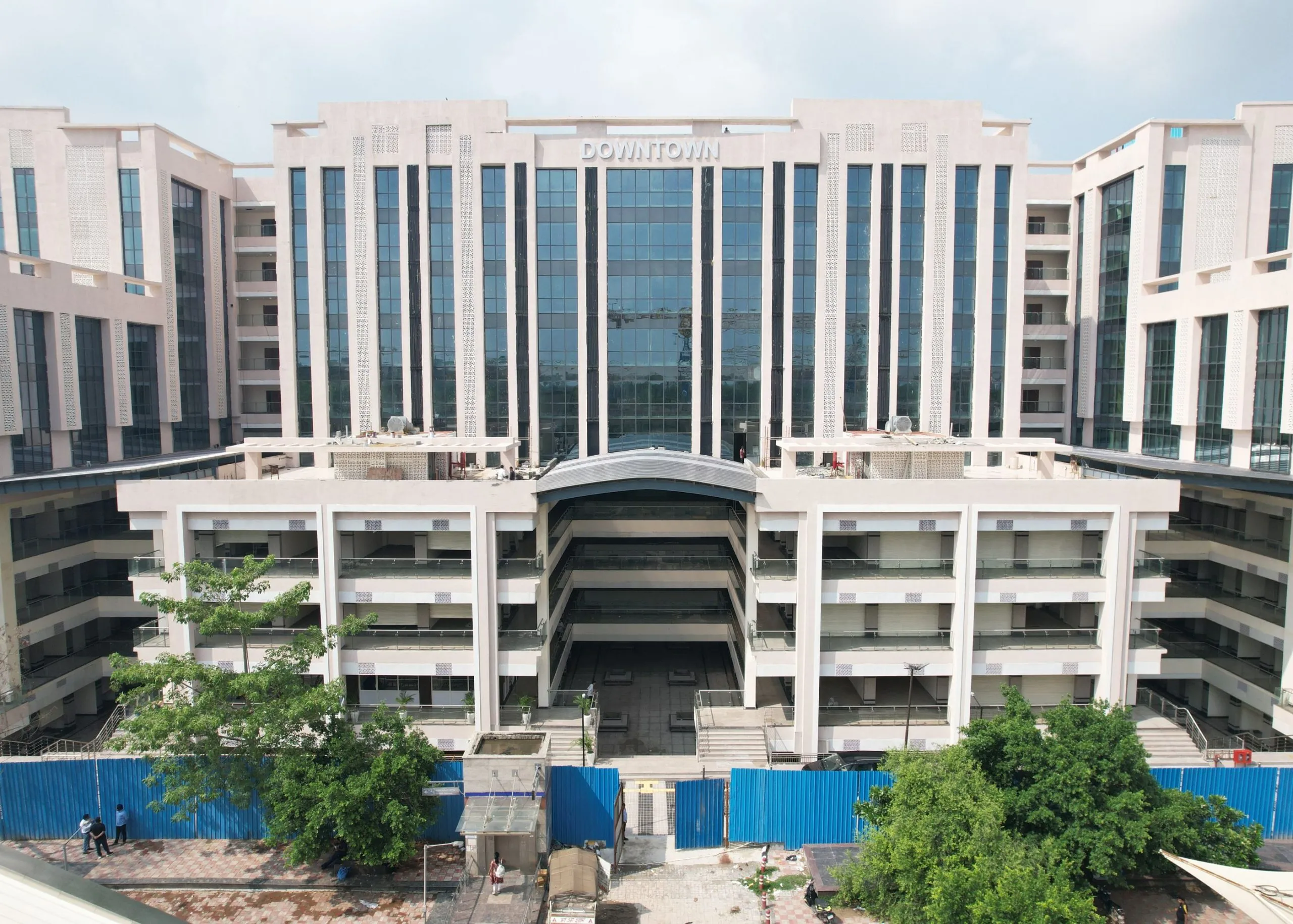
EMI Starting : ₹ 2,52,000
 Downtown Retail
Downtown Retail
NBCC (India) Ltd.
|
Starting : |
₹ 3.75 Cr |
Central Delhi, New Delhi
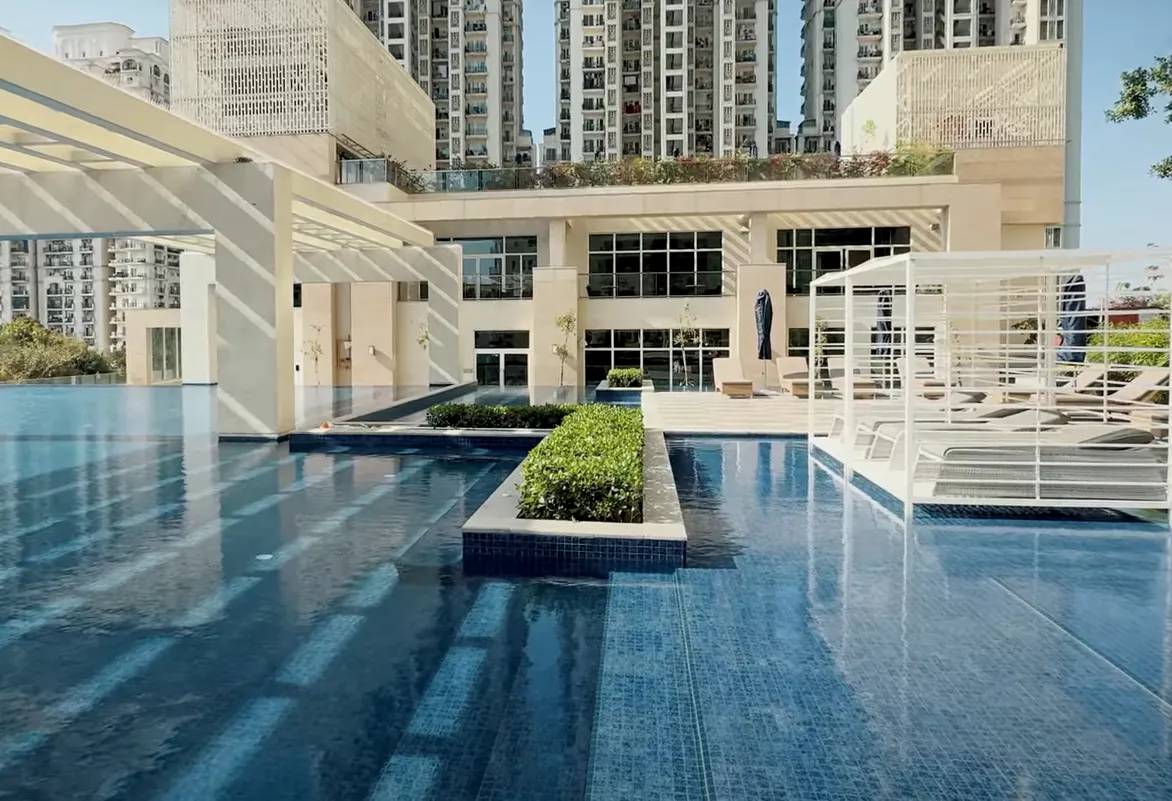
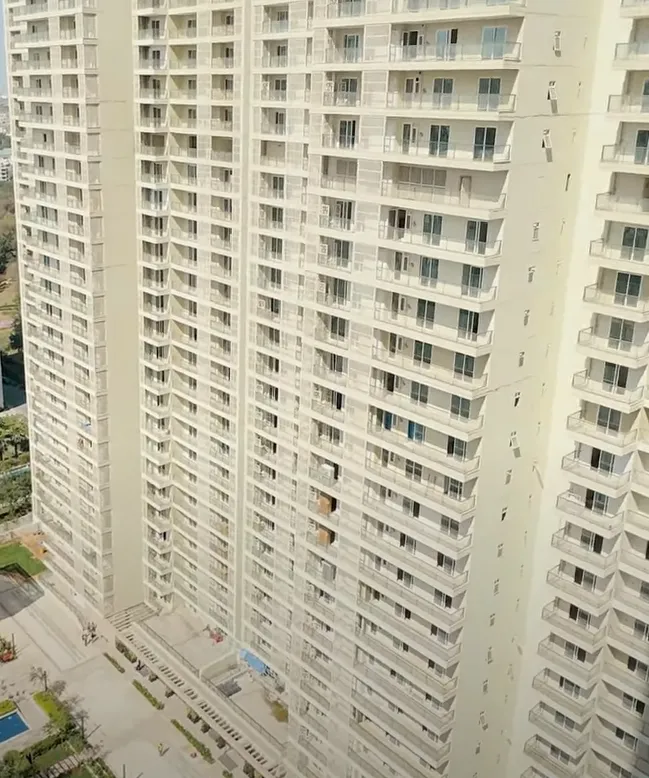

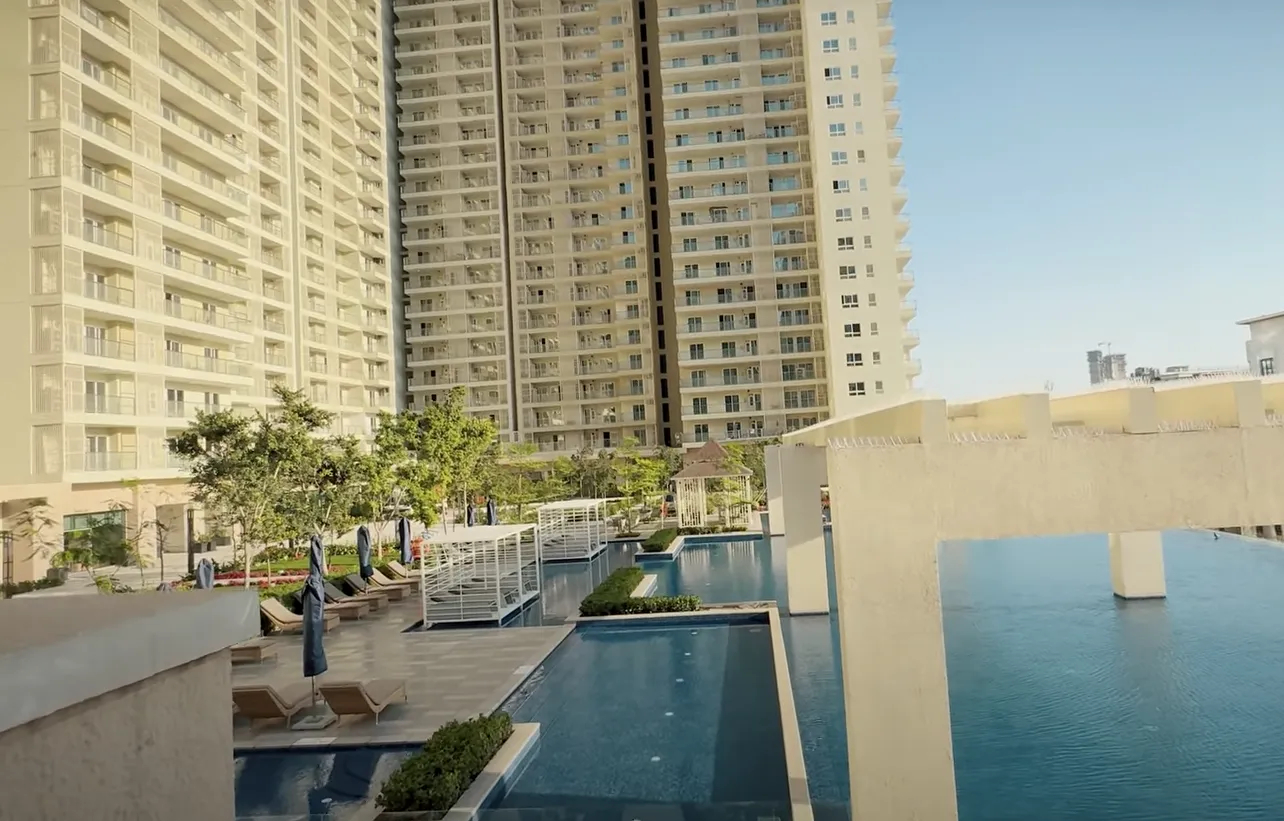




EMI Starting : ₹ 2,68,800
 DLF One Midtown
DLF One Midtown
DLF Limited
|
Starting : |
₹ 4 Cr |
Central Delhi, New Delhi
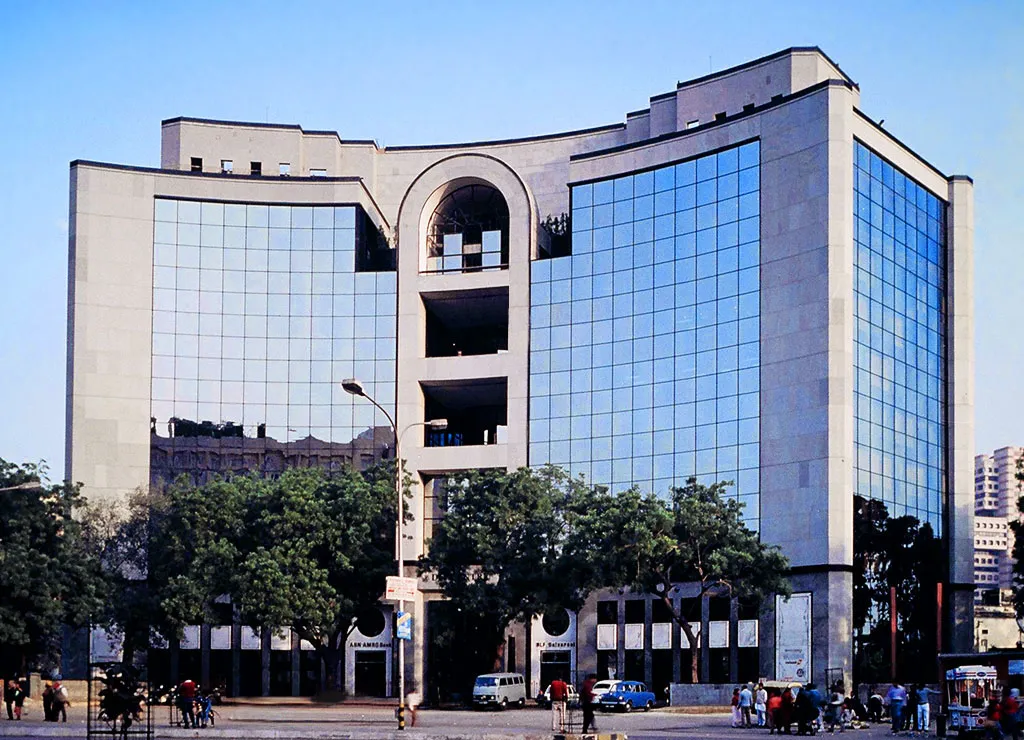
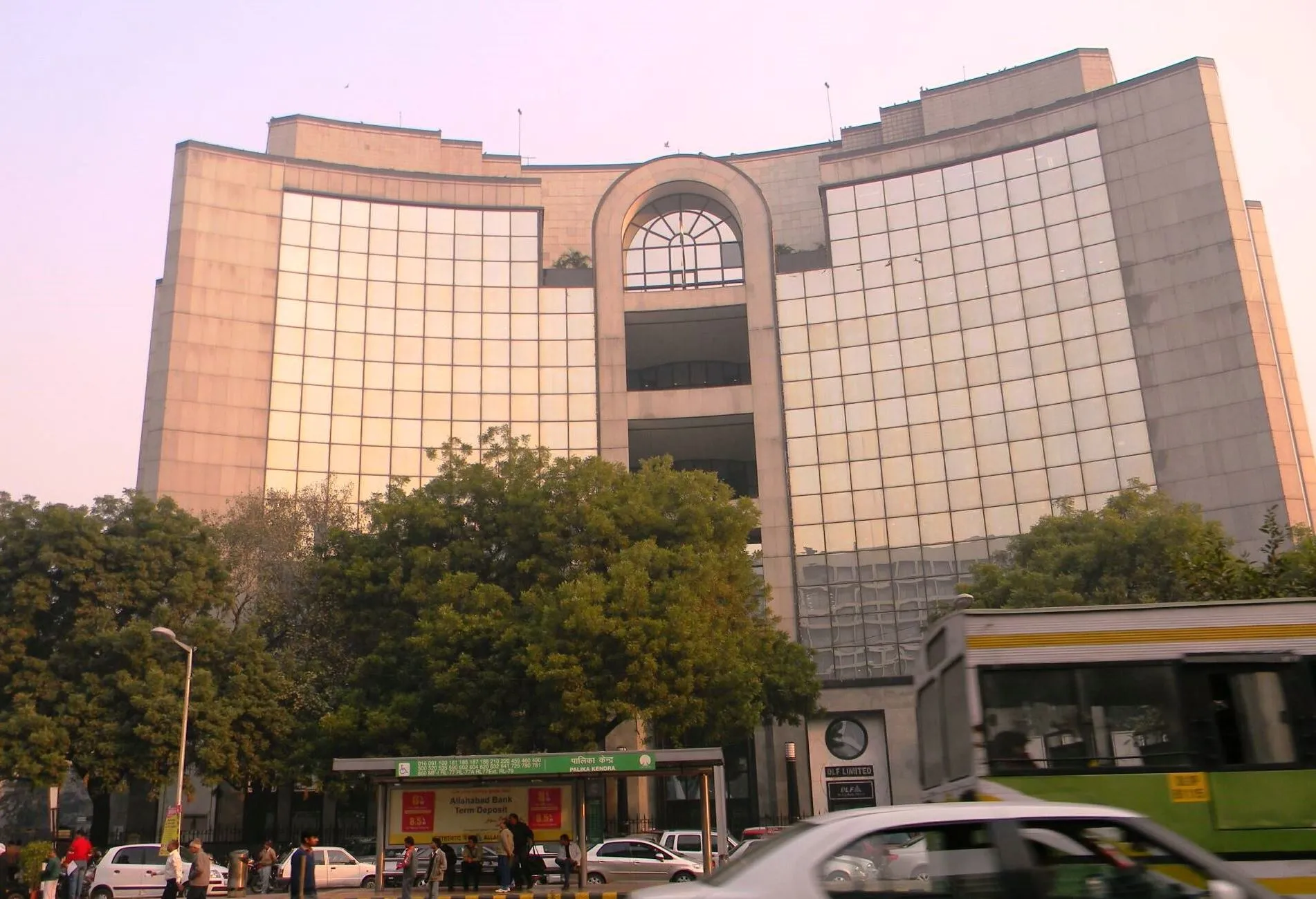
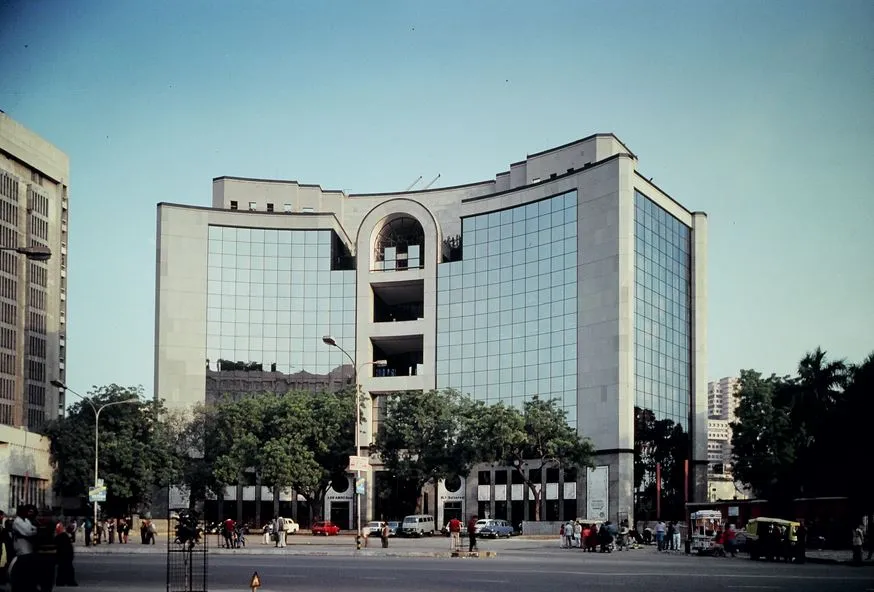
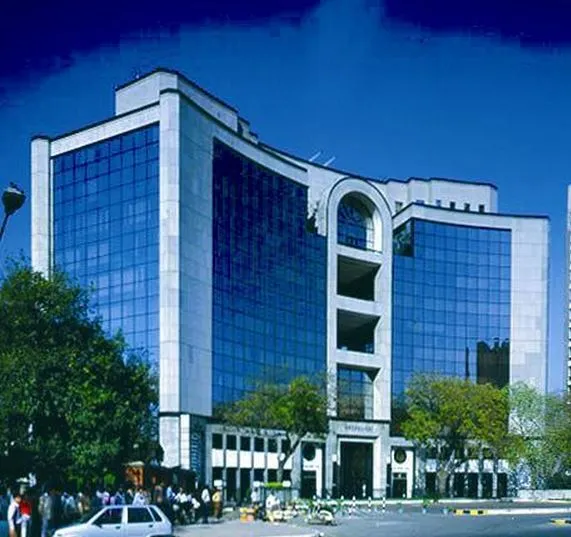
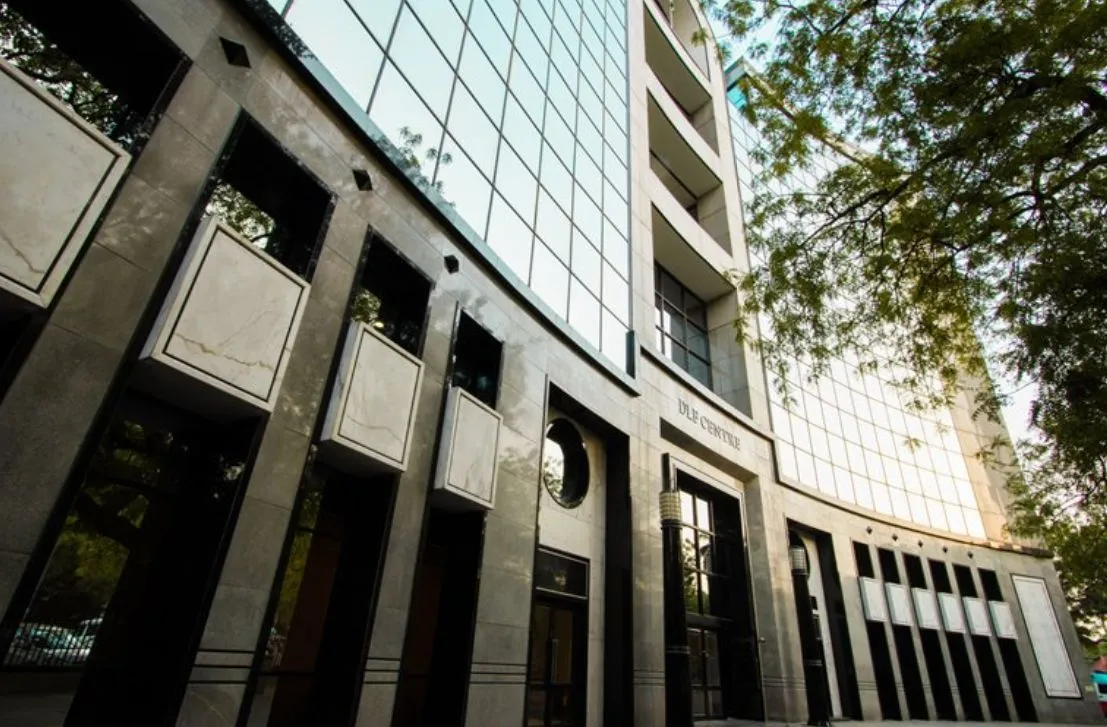
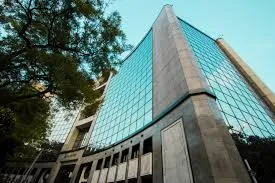
 DLF Center
DLF Center
DLF Limited
Central Delhi, New Delhi
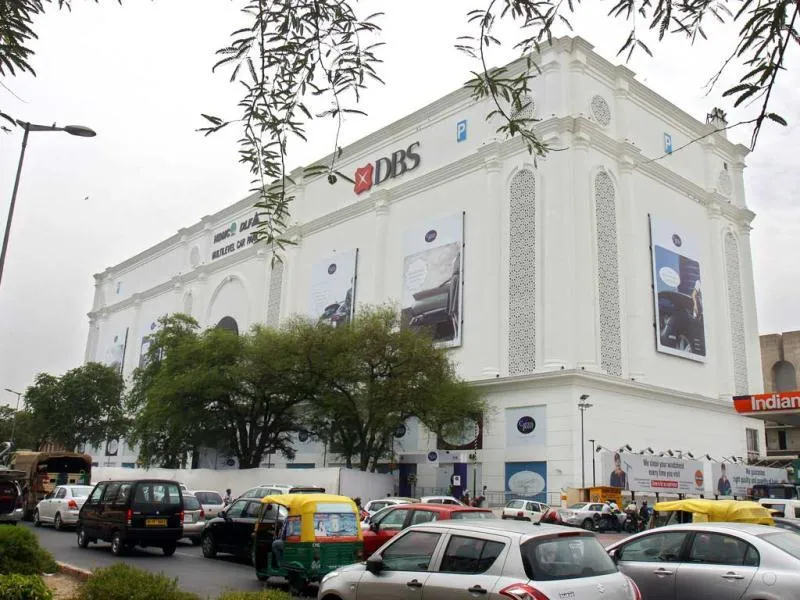
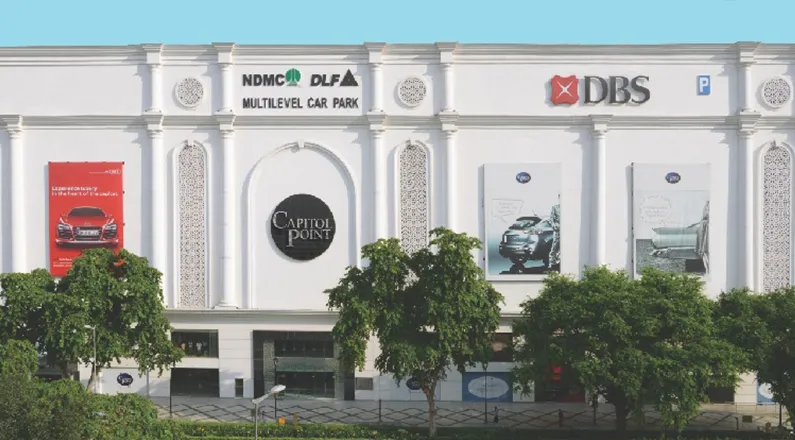
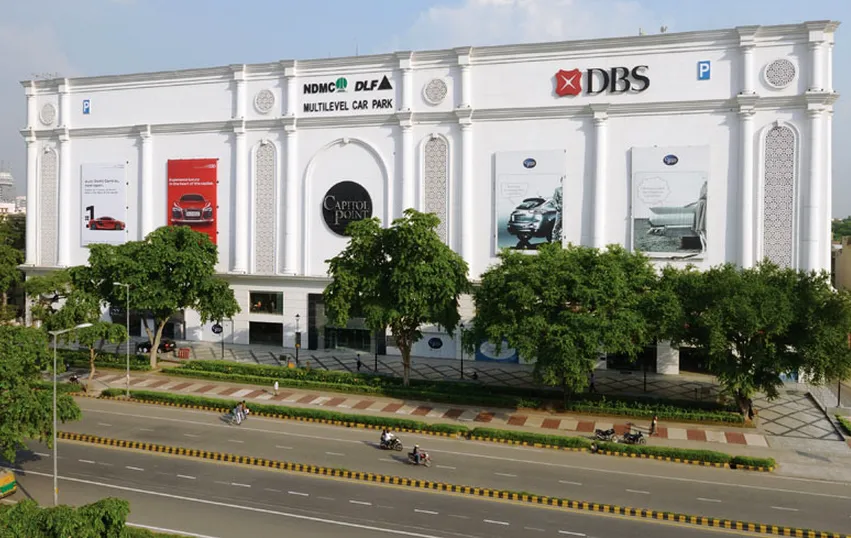
 Capitol Point
Capitol Point
DLF Limited
Central Delhi, New Delhi


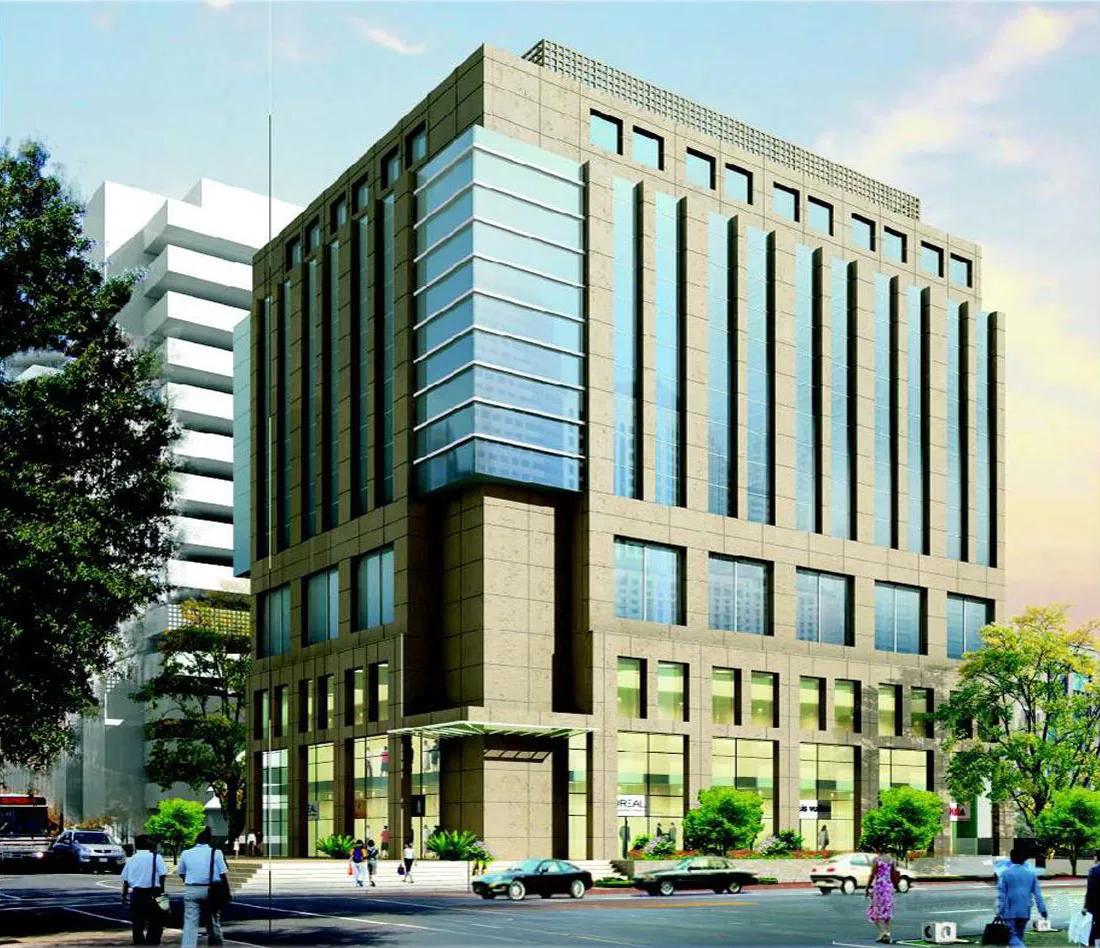
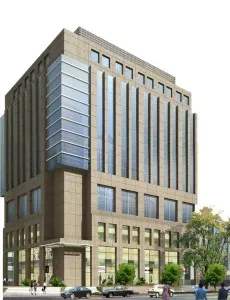
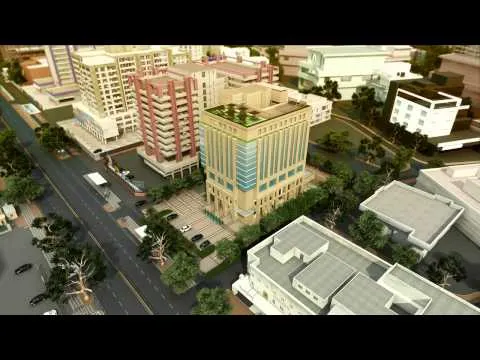
 The Parsvnath 27
The Parsvnath 27
Parsvnath Developers Ltd.
Central Delhi, New Delhi

EMI Starting : ₹ 2,68,800
5 properties Starting ₹4 Cr

EMI Starting : ₹ 2,52,000
1 property at ₹3.75 Cr




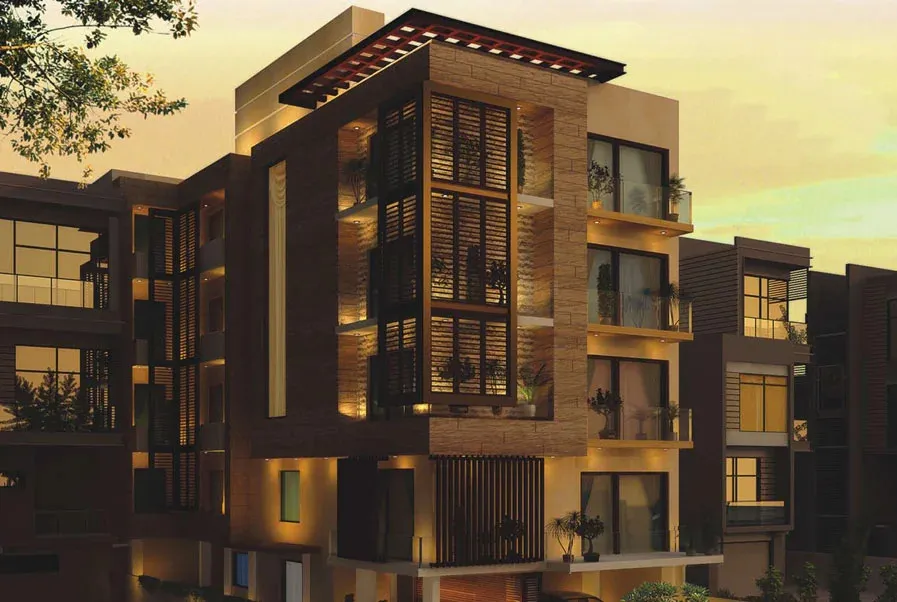
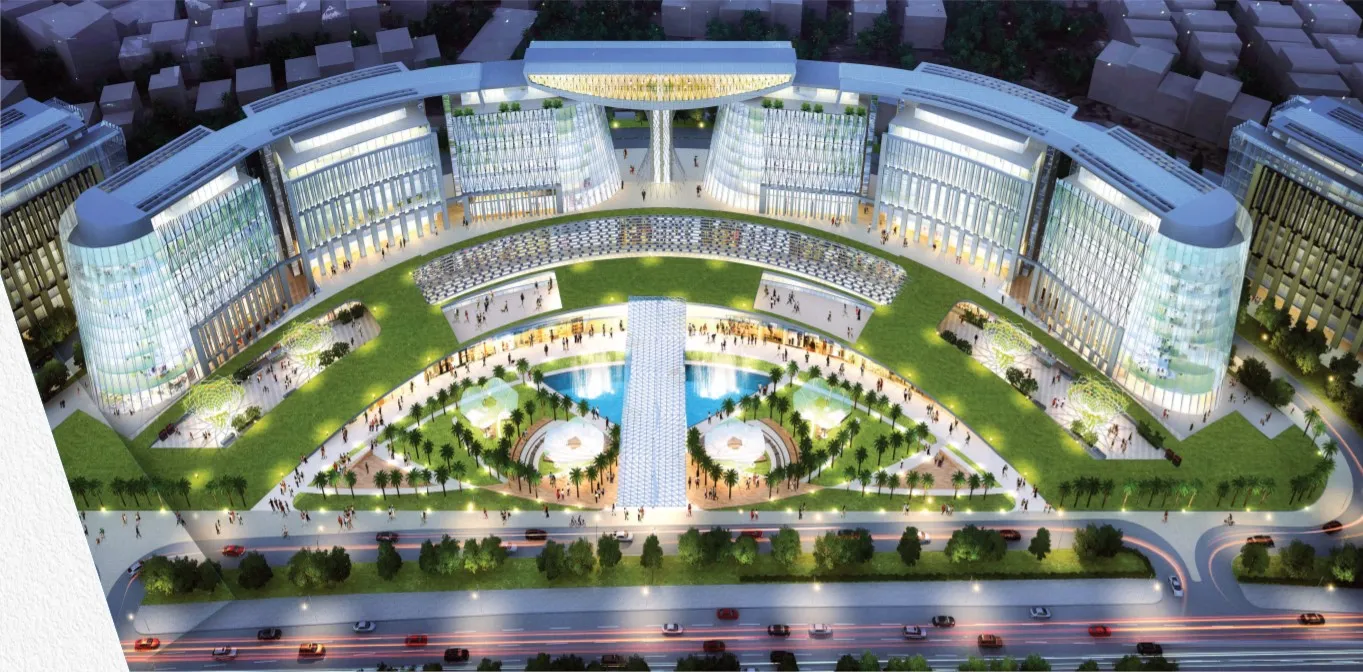
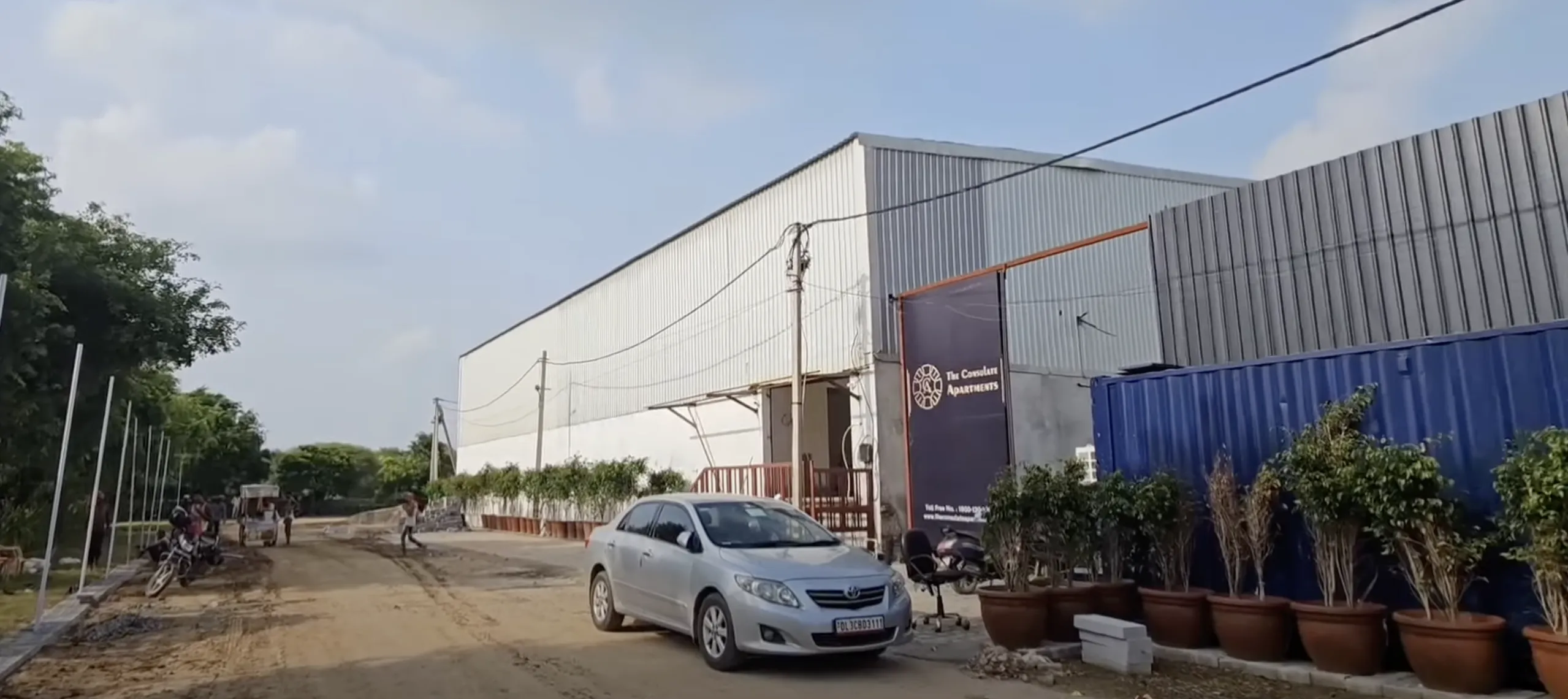

EMI Starting : ₹ 2,68,800
3 projects Starting ₹4 Cr

EMI Starting : ₹ 2,52,000
3 projects Starting ₹3.75 Cr

1 project

1 project

1 project


Starting 3.75 Cr

Starting 4 Cr




Starting 4 Cr

Starting 3.75 Cr


